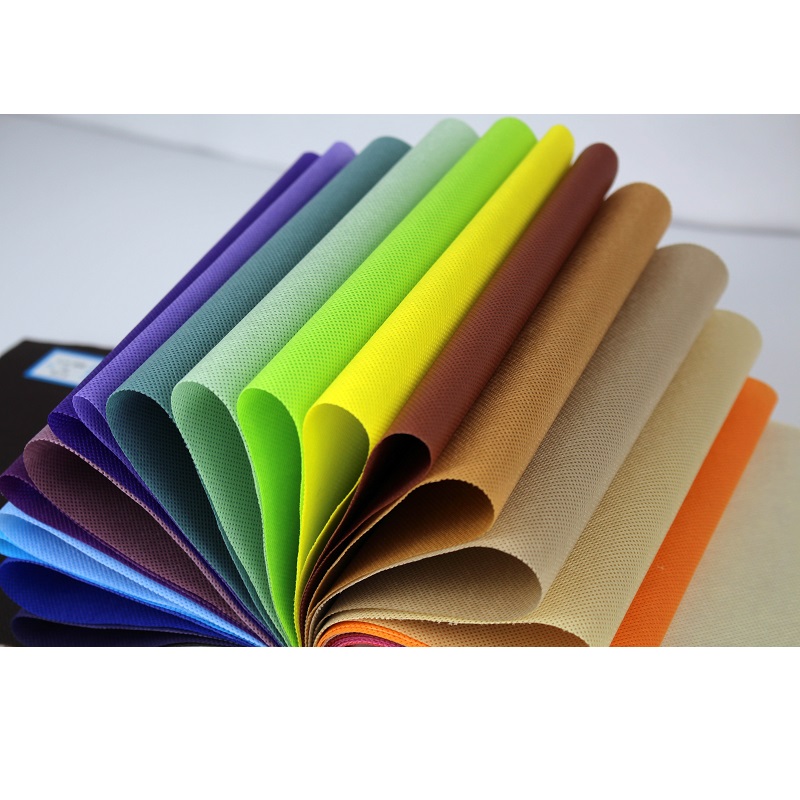Posted on May 24, 2023
How can I ensure that the polypropylene membrane is installed correctly?
Polypropylene is a synthetic thermoplastic polymer that is widely used in a variety of industrial and consumer applications, including waterproofing. Polypropylene is well-suited for waterproofing applications due to its high resistance to water and other liquids, as well as its durability and flexibility.
Polypropylene waterproofing membranes are commonly used in construction applications, such as roofs, foundations, and basements. These membranes are typically composed of multiple layers of polypropylene that are fused together to create a barrier that is resistant to water and other liquids. The membranes may also be reinforced with additional materials, such as fiberglass or polyester, to provide additional strength and durability.
Polypropylene waterproofing membranes offer several benefits, including:
Resistance to water and other liquids: Polypropylene is highly resistant to water and other liquids, making it an ideal material for waterproofing applications.
Durability: Polypropylene is a durable material that can withstand exposure to environmental factors, such as UV radiation, extreme temperatures, and chemicals.
Flexibility: Polypropylene is a flexible material that can conform to irregular surfaces, making it well-suited for use in a variety of waterproofing applications.
Easy installation: Polypropylene waterproofing membranes are relatively easy to install, requiring only basic tools and techniques.
Cost-effective: Polypropylene waterproofing membranes are often less expensive than other types of waterproofing materials, making them a cost-effective option for many applications.
Overall, polypropylene waterproofing is a reliable and effective solution for a wide range of waterproofing applications. However, it is important to ensure that the polypropylene membrane is installed correctly, and that appropriate measures are taken to maintain it over time. This may include regular inspections, repairs to any damage or wear, and periodic cleaning or maintenance to ensure that the membrane remains effective and long-lasting. Additionally, it is important to select the appropriate type of polypropylene membrane for the specific application, taking into account factors such as the expected exposure to water, the type of substrate, and any environmental or other considerations that may impact the performance of the membrane over time.
Proper installation of a polypropylene waterproofing membrane is essential to ensure that it is effective in preventing water intrusion and protecting the underlying structure.
Here are some steps you can take to ensure that the polypropylene membrane is installed correctly:
Hire a qualified contractor: The installation of a polypropylene membrane is a specialized task that requires experience and training. Hire a qualified contractor who has experience with installing polypropylene membranes in the specific application you require.
Prepare the substrate: Proper preparation of the substrate is essential for the effective installation of a polypropylene membrane. polypropylene waterproof The substrate should be clean, dry, and free of any debris, loose material, or contaminants that may interfere with the adhesion of the membrane.
Select the appropriate membrane: There are several types of polypropylene waterproofing membranes available, each with different properties and performance characteristics. Select the appropriate membrane for the specific application, taking into account factors such as the expected exposure to water, the type of substrate, and any environmental or other considerations.
Install the membrane correctly: Follow the manufacturer’s installation instructions carefully to ensure that the membrane is installed correctly. This may involve using a specific type of adhesive, applying the membrane in a specific sequence, or taking other measures to ensure proper installation.
Inspect the installation: After the membrane has been installed, inspect it carefully to ensure that it has been installed correctly. This may involve checking for any gaps, wrinkles, or other signs of improper installation, as well as verifying that the membrane is adhering properly to the substrate.
Test the membrane: Once the membrane has been installed and inspected, conduct a water test to verify that it is effectively waterproofing the area. This may involve flooding the area with water and observing whether any leaks or water intrusion occurs.
Maintain the membrane: Proper maintenance of the polypropylene membrane is essential to ensure that it remains effective over time. This may involve periodic inspections, repairs to any damage or wear, and periodic cleaning or maintenance to ensure that the membrane remains effective and long-lasting.
Overall, proper installation of a polypropylene waterproofing membrane is essential to ensure that it is effective in preventing water intrusion and protecting the underlying structure. By hiring a qualified contractor, preparing the substrate, selecting the appropriate membrane, installing it correctly, inspecting the installation, testing the membrane, and maintaining it over time, you can ensure that your polypropylene membrane is installed correctly and ready to perform when needed.


